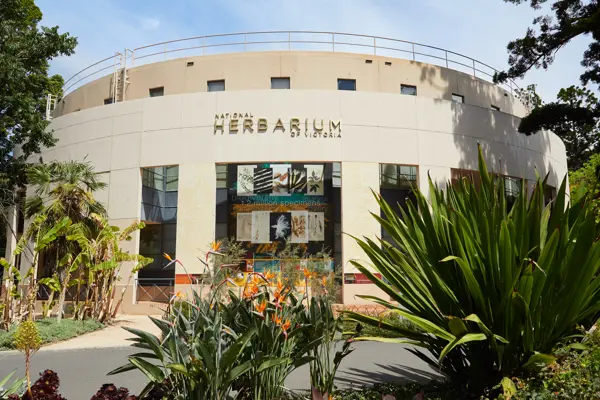
Edible and poisonous fungi
Edible and poisonous fungi
There is very little information about the edibility of native fungi in Australia. A few species have been discovered to be poisonous when confused with edible species of the Northern Hemisphere. Thus, the poisonous Ghost Fungus (Omphalotus nidiformis) has been mistaken for edible Oyster Mushrooms (Pleurotus species). The only wild native fungus commercially available is the Morel (Morchella species). Great care should be exercised when consuming wild fungi.
Only eat wild fungi when you are certain of the identification, and where you have reliable information on edibility. There is no reliable way to tell if a fungus is poisonous or not, apart from knowing the identity of the fungus. Various tests for edibility in folklore are not reliable.
The following are all incorrect:
- If the pileus skin peels readily then the fungus is never poisonous.
- You can always eat a fungus if slugs, snails or other animals have eaten it.
- Only fungi growing under trees are poisonous.
- A poisonous fungus will always blacken a silver spoon or coin.
- Fungi that taste good are not poisonous.
Some fungal poisons can be tested for, but there is no simple test for all fungal poisons. Different poisonous fungi have different types of poisons and there are probably poisons yet to be identified.
The most common cause of poisonings due to ingestion of wild fungi in Victoria is the Yellow-staining Mushroom (Agaricus xanthodermus). The Death Cap (Amanita phalloides) occurs in Victoria, under exotic oak trees in parks and gardens in Melbourne and in some regional areas such as Gisbourne. Ingestion of Death Cap has led to several fatalities in Melbourne and Canberra. Other fungi known to cause poisonings in Victoria include Ghost Fungus (Omphalotus nidiformis), Chlorophyllum brunneum and species of Earthball (Scleroderma) that have been mistakenly collected as truffles.
Royal Botanic Gardens Victoria provides an identification service, but we do not provide information on edibility. Charges may apply.
For all enquiries about fungi poisoning, contact the Poisons Information Centre (13 1126).
